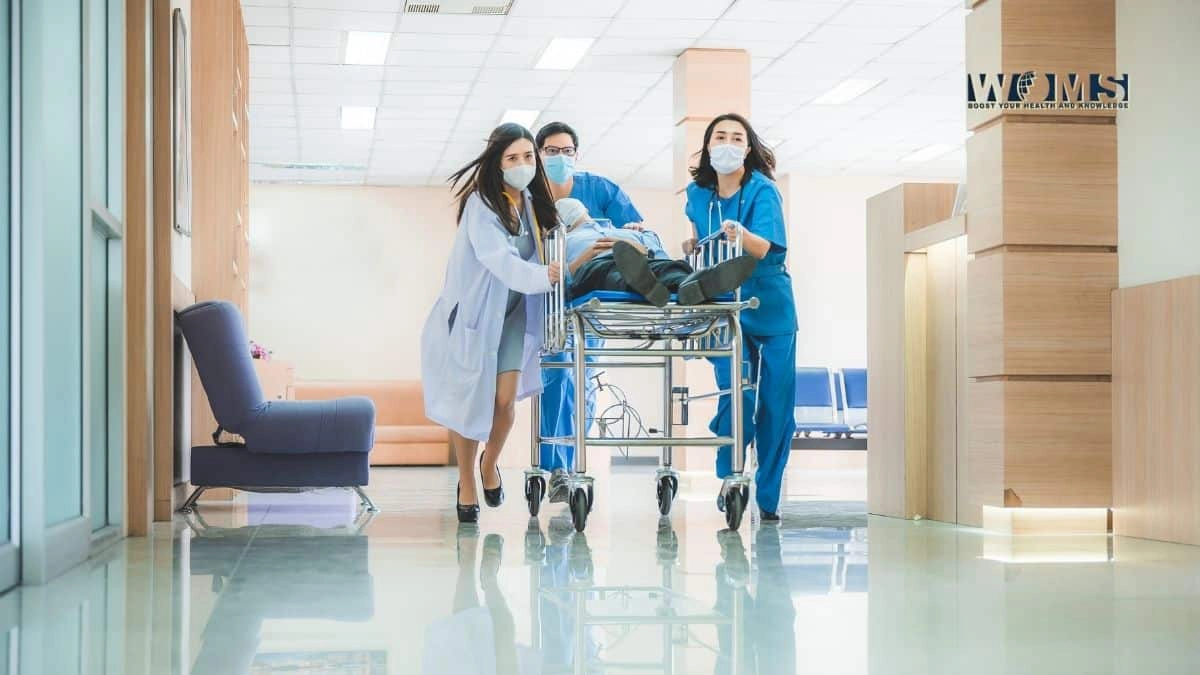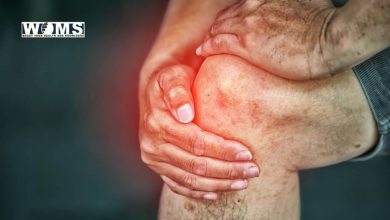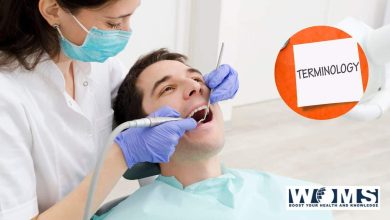What Equipment Should be on Emergency Trolleys?

In the emergency department of the hospitals, doctors have to face several life-saving moments during the day. At those moments, only doctors having the finest of skills can handle critical patients and ultimately can save their lives.
But one thing we often neglect while discussing those life-saving moments. Doctors can manage the patients only when they have the required equipment besides them. This is where the emergency trolleys come in.
Emergency trolleys, also known as crash carts, contain the necessary emergency equipment that helps the doctor manage the patient who unexpectedly experiences a medical emergency.
Here are the Types of Equipment that an Emergency Trolley Should Have
In emergencies, doctors mostly have to manage breathing and blood circulation to save lives. Once these factors are maintained, other less significant problems are dealt with.
I’ll discuss the equipment in several portions for your better understanding, each part contributing a significant share to the emergency.
Equipment for Managing Airway and Breathing
The airway is how air moves from outside space to the lungs. Air takes oxygen with it, which is necessary for survival. Patent airway thus plays a significant role in whether a patient would survive a critical situation or not.
Similarly, breathing sometimes becomes interrupted in seriously comatose patients. In that case, they need a source of artificial breathing unless the patient’s death may occur.
The equipment required for the maintenance of airway and breathing is following.
Oro-pharyngeal Airway
One thing that you should keep in mind is that the doctors initially maintain the airway with maneuvers. These physical maneuvers include head tilt, chin lift, and jaw thrust. After opening the airway, its maintenance requires oropharyngeal airways or Guedel airways present in the emergency trolleys.
It is a curved tube inserted in the mouth to rest between the tongue and the hard palate. It prevents the tongue from obstructing the oral cavity’s rear part.
McGill’s forceps
It is a forceps with a long bent arm to move into the curved spots in the airway. Doctors use these forceps to remove any foreign body from your airway, causing the obstruction.
Laryngoscope
It is an instrument inserted into the patient’s larynx to look for any abnormality. In addition, it has a camera at its front end, operated by a battery or power supply. Thus, the staff must maintain this equipment beforehand.
Emergency trolleys should have at least two types of laryngoscope; one with a standard length blade and one with a long one. The long one is preferable for patients having a longer neck.
Endo tracheal tube
Only well-trained medical staff can use the endotracheal tube, as insertion of ETT in the trachea to maintain the airway is a highly skilled procedure.
It has a significant advantage over other methods of maintaining the airway. It can bypass the obstructing mass in the oropharynx. It can also preserve the airway even in patients with high airway resistance.
Bag valve mask
A mask with a self-inflating bag provides positive pressure and high oxygen concentration for respirations. In addition, health care professionals connect this equipment with an endotracheal tube to assist the process of breathing.
Equipment for Maintaining Blood Circulation
The second major step in managing emergency patients is maintaining their blood circulation. Even if the air reaches the blood through adequate airway and breathing, it is of no use if blood is not carrying this oxygen to the brain.
In most cases, severely traumatized patients, such as those of roadside accidents, have lost a lot of blood during the trauma. Therefore, if doctors don’t maintain their blood volume, it can lead to the unfortunate demise of the patient.
Thus, emergency trolleys should have normal saline solutions, dextrose solutions, IV lines, and catheters to inject the solutions into the circulation of the patients. Only then the patency of the blood circulation is maintained.
Heart Managing Equipment and Medications
In addition to the effective airway and circulation, the third cornerstone of emergency management is the active pumping of the heart. Patients with defective heart pumping due to heart failure or arrhythmia can face death if doctors don’t take the necessary actions.
The emergency trolley should have the following equipment and medications for managing heart patients.
ECG electrodes
ECG electrodes are necessary for analyzing the normal rhythm of heart pumping. In addition, most life-threatening heart abnormalities can be easily interpreted by reading ECG.
Monitor with defibrillator
Suppose the patient has an episode of cardiac arrest, a condition when the heart suddenly stops pumping. In that case, a defibrillator is the only option to provide external current to the heart to restore its pumping.
Medications
Emergency trolleys should have a potential heart stimulating drug – adrenaline – that helps restore the heart’s beating even after an attack of cardiac arrest. Moreover, other drugs like atropine and amiodarone are also helpful in treating life-threatening heart problems such as arrhythmias.
How to Maintain an Emergency Trolley?
In the worst-case scenario, the doctor has all the necessary equipment on the trolley, but some of it is inoperable. To avoid this, technical staff should maintain all the trolley contents.
They should look for the expiration dates of the medications and defibrillation pads. They should replace any expired material with a new one. Moreover, staff should also check the equipment that is either battery-operated or power-operated to look for any technical error that needs correction.
Conclusion
In a hospital, patients can sometimes go into a state of a medical emergency. Thus for the management of these patients, doctors need technical equipment to save lives. Providing necessary equipment is the job of emergency trolleys.
The equipment of these trolleys can vary depending upon the location in the hospital. However, all of them invariably contain the equipment necessary for maintaining the airway, breathing, and circulation of the medically critical patient.




